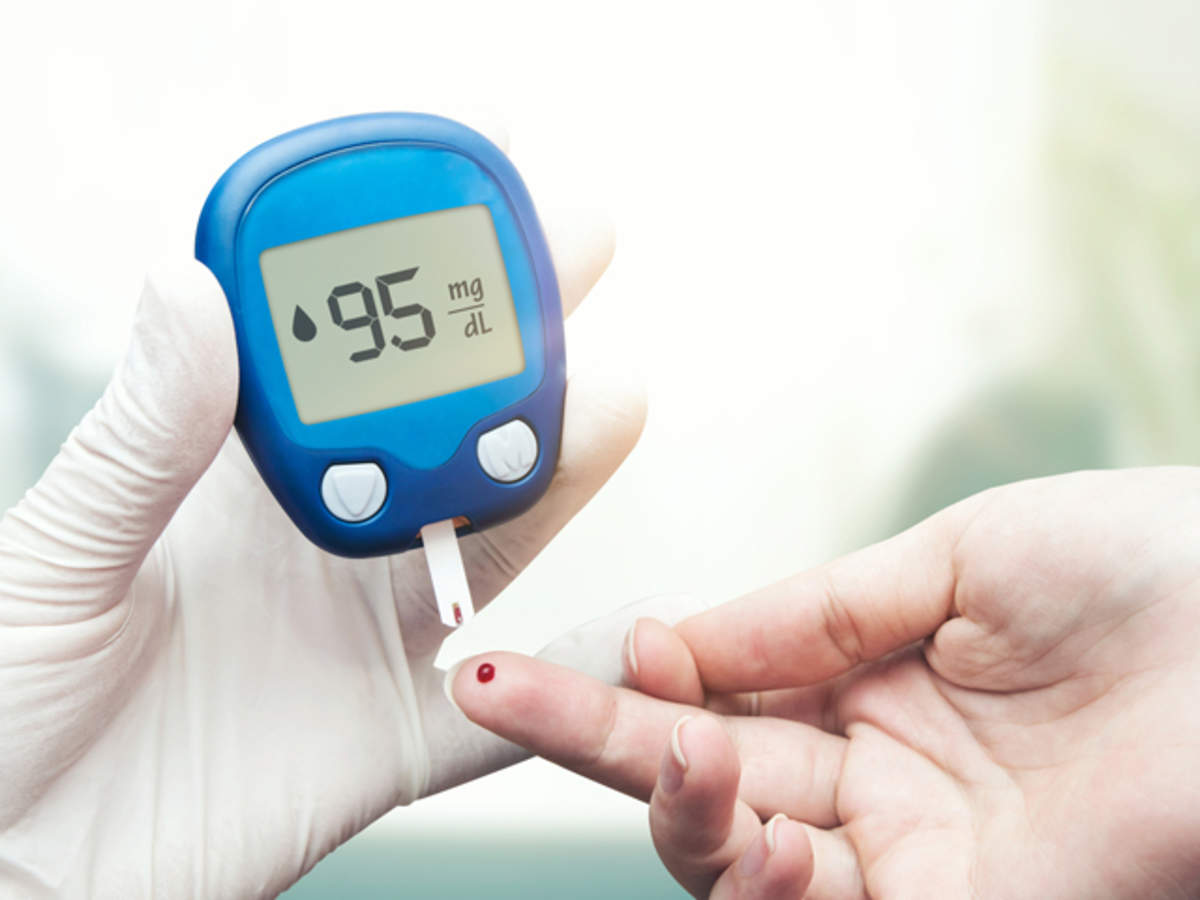Diabetic Lessons: By Dr. Amrutha Thomas
Instructions to use Insulins- Episode 1
1.Types of Insulin
| Types of Insulin | Onset(Time required for the action ) | Duration | Time of administration |
| Rapid acting insulins .Humalog(Insulin lispro) .Novolog(Insulin Aspart) .Apidra (Insulin glulisine) | 15-30 min | 3-6 hours | *10 minutes prior to meal *Immediately after eating meal |
| Short acting insulins .Humulin R .Novolin N | 30-60 min | 3-8 hours | *30 minutes prior to meal |
| Intermediate acting insulins (NPH) .Humulin N .Novolin N | 2-4hours | 8-18 hours | *Administer within 15 minutes before a meal or immediately after a meal |
| Long acting insulins .Lantus (Insulin Glargine) .Levemir (Insulin Detemir) | 4-5 hours 2 hours | 22-24 hours 14-24 hours | *Inject insulin at the same time every day |
2.Insulin administration site
THE STOMACH Except for a 2-inch circle around the navel THE TOP & OUTER THIGHS Avoid administering too close to the bony area above the knee THE OUTER, UPPER ARMS Use the outer back area of the upper arm where there is fatty tissue. SPECIAL INSTRUCTIONS Rotate your injection sites with each dose to reduce your risk of getting lipodystrophy (pitted or thickened skin) and localized cutaneous amyloidosis (skin with lumps) at the injection sites. Do not use the same spot for each injection or inject where the skin is pitted, thickened, lumpy, tender, bruised, scaly, hard, scarred or damaged. Do not share needles, pens, or syringes with others. Do NOT reuse needles. |
To be continued next … Episode
3.Storage Guidelines of insulin
| Take steps to store your insulin correctly, or it might not work. Do not store your insulin near extreme heat or extreme cold. Never store insulin in the freezer, direct sunlight, or in the glove compartment of a car. Check the expiration date before using, and don’t use any insulin beyond its expiration date. Examine the bottle closely to make sure the insulin looks normal before you draw the insulin into the syringe. To ensure that your insulin remains effective, stable and undamaged in use insulin should discard after 28days, whether in a vial or cartridge. Insulin that is not in use should be stored in the refrigerator. If refrigeration is not possible, it can be kept at room temperature [15-25 degrees C] for 28 days. The in use vial may be kept at room temperature [15-25 degrees C] In use cartridges should be kept at room temperature and SHOULD NOT be kept in the refrigerator. Write the date on the insulin vial on the day you open it or start keeping it outside the fridge. This will help you remember when to stop using it |
4. Expiration guidelines
| An open insulin bottle, cartridge, or pen is only good for a limited time. Follow these guidelines for discarding insulin: Glargine (Lantus): Discard opened bottles, pens, and cartridges 28 days after you’ve started to use them. Lispro (Humalog): Discard opened bottles, pens, and cartridges 28 days after you’ve started to use them. NPH: Discard opened bottles after 42 days. Discard pens and cartridges 14 days after you’ve started to use them. All insulins: Discard unopened bottles, pens, and cartridges when they reach the expiration date listed on the medicine. Discard opened bottles, pens and cartridges based on days at room temperature found in the patient medication information sheet that comes with your fill or refill. |
5.Travel tips
| Follow these guidelines when you’re traveling: Protect insulin from getting too hot or too cold. Too hot is above 80°F; too cold is below 36°F. Don’t leave your insulin in a parked car when temperatures are extreme. When traveling by bus, train, or plane, keep your insulin, other medicines, and diabetes supplies with you in a carry-on bag — preferably in an insulated bag, such as a lunch bag. To get through airport security, keep your insulin in its original packaging with the prescription label. |
FAQs.
FAQ1: Does Insulin Go Bad If Not Refrigerated?
As a general rule, insulin should be refrigerated. However, insulin can be kept at room temperature, meaning not in the refrigerator for an approximate of 28-30 days. Up to a maximum of one month,
FAQ2:Why Insulin Should Be Refrigerated
Firstly, insulin is proteins dissolved in liquid. So, like any other protein, insulin can spoil. This is why it needs to be refrigerated.
More clearly, what exactly happens within insulin kept outside is that bacteria starts growing. This bacterial growth will break down the protein. So, by keeping it cool through refrigerating, it’s easier to prevent bacterial growth. When dealt with in this way, the potency of the insulin will be retained.
Insulin kept out of the refrigerator will not poison you or even make you sick. It just means that your insulin will not work as well or deliver its full potential dose.
At any point, insulin gets frozen , do not use it. Firstly, you won’t be able to inject the insulin if it’s frozen. Secondly, don’t try to use insulin even after thawing.
This is because freezing temperature (above the recommended refrigerating temperature) will break down the insulin. So the insulin will not work well in reducing your blood sugar levels. So discard frozen insulin and replace it with fresh supplies.


